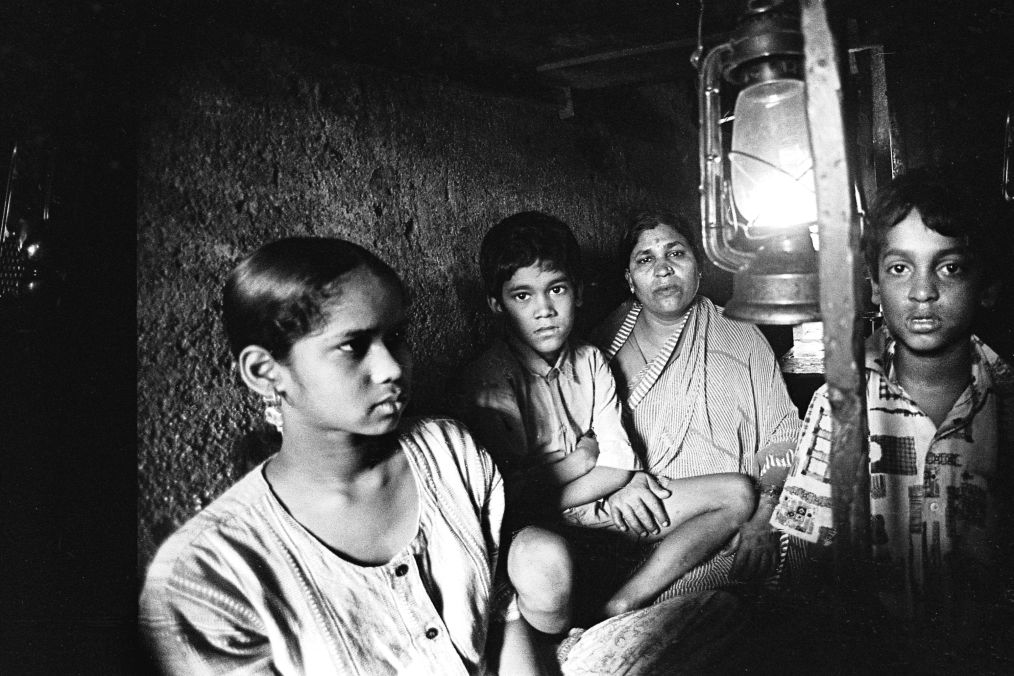Images that Create Change
Moved by the images of horrific working condition of Conservancy Workers in Mumbai, Industrialist Ratan Tata initiates “Mission Dignity” to tackle issues of health, education and waste management.

Images that create Change
Mumbai's Garbage Problem
and no respect for the workers who keep our city clean and us safe from diseases.
No Civic Sense
No local segregation of dry, wet or biomedical waste coupled with bad civic sense has made the city dirtier than it should be.
Dismal Sewage Infrastructure
A sewage infrastructure which is over 100 years old has to handlee the massive amounts of waste generated every day.
Full Dumping Grounds
All 4 dumping grounds of the city have reached full capacitty years ago and yet they are burdened with more trash every day.
Public Apathy
People have no sense of thankfulness or gratitude to the thousands of workers toiling away for us.

The photo-essay travelled the length and breadth of the country and was also exhibited internationally in London, Sweden and Washington. (Photo essay has been linked below)
One of PPT’s first projects was to help the children of these workers. It was decided that in order to truly help the workforce it was necessary to destroy the evil inter-generational cycle of passing down these jobs. As one worker told Sudharak when he asked how he could help “We can no longer be helped but please help our children, don’t let them do these jobs as I did and so did my father”.
Realising that his camera and photography were things that helped the workers tell their story, Sudharak decided to put the camera in their hands. Photography Workshops were organised for the children on a regular basis which has now led to an astonishing story of long term engagement and commitment of these children to break the cycle and take up a different path. Read about it here: Photography Changing the lives of Conservancy Workers Children.


Ratan Tata


Tedx Gateway
As part of the project, a second edition of the book was released by John Abraham on a larger scale and funded by the trust to reach the public and encourage policy makers to take up initiatives to help the community of workers . The images from the essay had now become very much a part of the policy making decisions and were no longer just windows into their lives.


Mission Garima

Photo Essay: In Search of Dignity and Justice

The Images that are part of this project are not pretty, not easy to look at nor would you hang it up on your walls. But these images have the power to create definitive change in the lives of these workers and it has done so. Such images constitue Social Documentary Photography and define PPT’s mission to create impact on marginalised communities through photography.
There is a long way to go to fully help the workers and their families. Change here is a continous process and cannot be implemented in one go. Years of stigma, discrimination and injustice have to be broken to truly help them. This includes better public outreach, educating the future generations and providing alernative means of livelihood. Manual Scavenging and the undignifed practice of using bare hands to pick up garbage has been outlawed by the Government of India yet it thrives in the largest metropolitan city of the country. The day these workers do not have to use plastic bags as gloves and caps is the day definitive change will have started. Till then we work, we shoot, we protest and demand dignity and justice.
